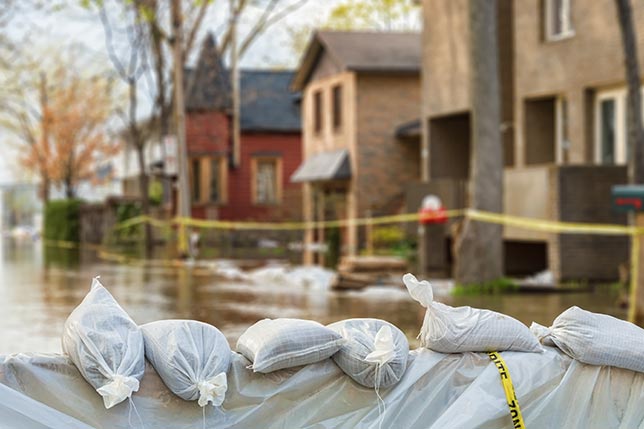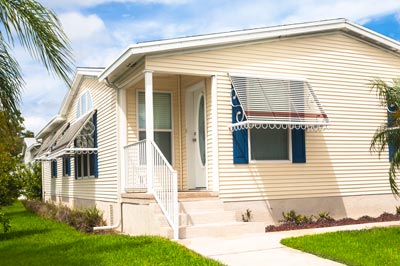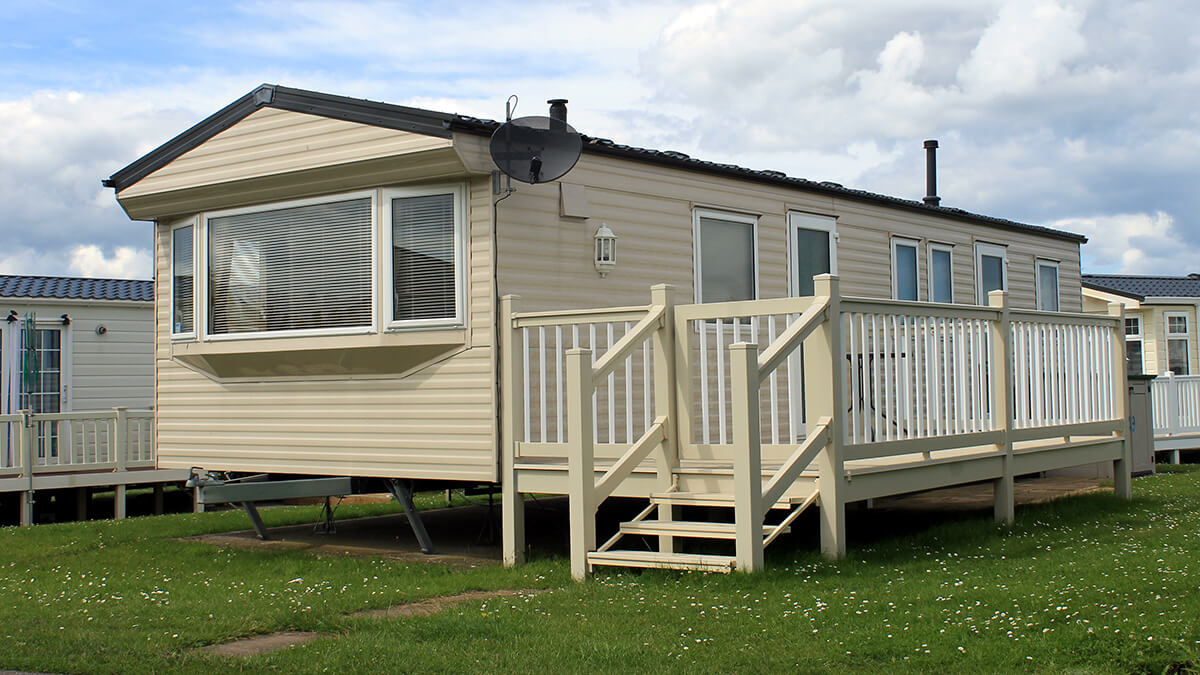After a flood

The recovery from a flood can be an expensive and intensive process. As soon as the floodwaters have receded and officials have OK'd returning, you can begin any work needed to restore your home. Here are some guidelines to start the process.
What to bring
When you are given the OK to go back to your home, make sure you bring the following:
- A battery-powered flashlight and radio and extra batteries
- A first aid kit
- Waterproof boots or waders
- Safety clothing, like a hard hat, gloves, hard soled shoes, glasses and a mask
- A cell phone camera or camera to record damage
- Tools
- Drinking water
- Trash bags
- A wooden stick for turning things over, scaring animals and moving electrical wires
- Cleaning supplies
Make sure your home is safe
Before re-entering your home after a flood, it's important to make sure your structure is safe:
- Stay out of any building that is still surrounded by floodwaters, even if officials have said you can return home. You don't want to enter any building until the water has receded.
- Stay away from downed power lines and any standing water that may carry an electrical current. Report any downed lines to the power company.
- Check for structural damage before re-entering your home. By making sure your home is sound, you can avoid being trapped in a possible collapse. Even if you don't spot any damage, still use extreme caution because the problem may be hidden in the foundation.
- Turn off the electricity in your home at the main breaker or fuse box. Make sure you can stand in a dry spot to do this. If you can't stand in a dry spot, call an electrician. Even if your community has power, you don't want to restore your power on until you're certain that your home is thoroughly dry.
- Turn off the gas. Gas appliances and pipes may have been damaged in the flood. If you smell gas, leave immediately and call the gas company.
- Check your sewage system. Repair damaged septic tanks, cesspools, pits, and leaching systems as soon as possible as these are serious health hazards. Public sewer systems should work soon after a flood, but use caution because they might be clogged with mud.
- Take precaution when inspecting your home. Your home may have sagging ceilings and some areas that are still flooded. Also, beware of critters like snakes, spiders, and rodents that may have taken refuge in your home
You should also file a claim with your agent or the insurance company that issued your flood policy. Make sure your agent and adjuster have a phone number you can be reached at, especially if you aren't able to stay in your home.
Recovering your belongings
After you've surveyed your structure and made sure it was safe to enter, it's time to start separating the damaged and undamaged items. Here are some tips:
- Remove wet contents immediately to help prevent mold.
- Find and protect the most valuable items first. Wash mud off before it can dry and place in a safe place.
- Take photographs of all your damaged objects, anything that needs to be discarded, damage to the structure and water lines on walls.
- Make a list of everything that's damaged, including the date of purchase, its value and a receipt of purchase, if possible.
- Clean and disinfect anything that came in contact with floodwater. Any wet items should be monitored during the drying process to make sure it doesn't develop an odor or mold.
Make sure your water supply is safe
It's very important that you listen to news reports to learn when your community's water supply is safe to consume through drinking, cooking or personal hygiene. Until then follow these precautions:
- Use bottled water that has not been exposed to contaminated water if available.
- If you don’t have bottled water, boil water to make it safe. A full boil of at least one minute will kill most types of disease-causing organisms. Store boiled water in covered, clean containers.
- If a well has been flooded, it should be tested and disinfected after flood waters recede. If you suspect that you have a contaminated well, contact your local or state health department for advice.
This is just the start of a lengthy repair process for a flooded home. Make sure you're diligent with your repairs and your record keeping to ease the recovery and claim process.





